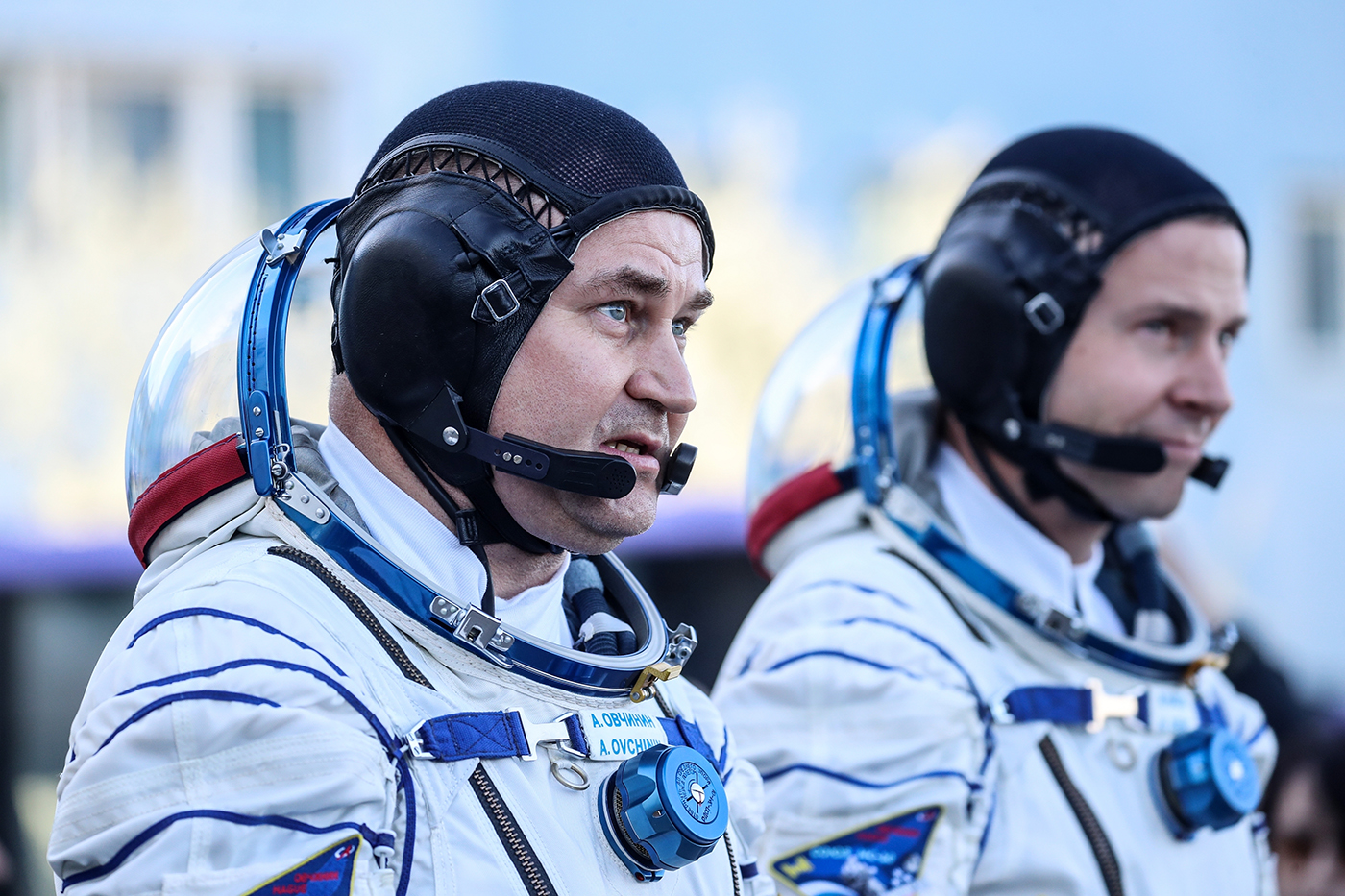Russian cosmonaut Alexey Ovchinin and American astronaut Nick Hague had what was likely one of the wildest rides in the history of mankind when their Soyuz-FG rocket malfunctioned catastrophically just minutes after blasting off from Baikonur Cosmodrome in Kazakhstan. Reports state that the rocket’s second stage booster failed as the two arched their way towards low-earth orbit insertion. Their final destination was the International Space Station.
Thankfully, both crewmen survived the ordeal and made radio contact with controllers after landing safely back on terra-firma. Search and rescue teams were rushing to the capsule at the time of writing.
Here is video of the harrowing ordeal:


From what I know about the Soyuz system, it is highly automated and an abort sequence can happen automatically or on command by the ground control team or the crew. There are three abort profiles and it seems like this was the most extreme of them all. Called a ‘ballistic descent,’ it is executed quite late into the rocket’s ascent, after the first stage has separated. Once again, this is based on my limited understanding of the system. Hopefully, we will get clarification on exactly how the abort sequence went down soon.

Historically, the Soyuz abort system has worked successfully during other phases of launch—most famously while the rocket was still on the pad (also see video here):

Today’s space drama is strangely coincidental as the highly anticipated Niel Armstrong bio-pic First Man opens in theaters Friday. You can’t beat this chance marketing, especially since it has a happy ending.
Regardless, both men are lucky to be alive and surely have one hell of a story to tell. This event is also a testament to Russian engineers who designed that abort system and the abort procedures, as well as those who serviced the system before the launch. It worked in what seemed like the extreme end of the envelope, which is quite an accomplishment.
You can bet that Vodka bottles with bows attached will be heading their way.
MS-10 was the 139th manned Soyuz flight, four more than the Space Shuttle. The Soyuz family of rockets have been launched over 1,700 times since its introduction into service in the mid 1960s. It is by far the most flown space rocket type in history.
We will update this post later in the morning when more information comes available.
UPDATE: 3:42am PDT—
Confirmation! Both crewmen are in good shape and are about to be transported away from the landing site, which is supposedly about 15 miles from Zhezkazgan, Kazakhstan. This location is roughly 250 miles northwest of the launch site.
Update: 10:15am PDT—
Here are some images and video of the Soyuz MS-10 crew safely back on the ground. It’s amazing just how good a condition they appear to be in. At this point, ISS crewmen that were supposed to come home will have to wait till early next year at the soonest to do so, and that’s if the investigation into this incident is wrapped up by then and any issues with the rocket system are solved.
Contact the author: Tyler@thedrive.com
